Day-flying Moths
Of britain's 2,500 species of moth the vast majority only fly at night but there are a small number that regularly fly or are easily disturbed during the day. This page shows a few of the more common or more easily recognised day-flying moths that you may see in this area. Moths with a body length of less than a centimetre are generally known as micro-moths.
Six-spot Burnet
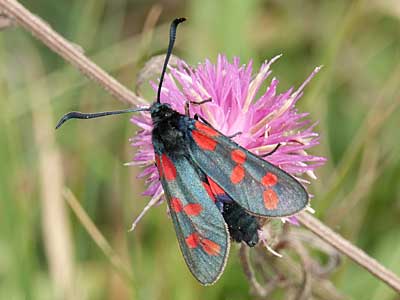
These are quite common and can often be found on thistles or knapweed. Their caterpillars feed on Bird's-foot Trefoil. There is also a less common 5-spot Burnet.
Cinnabar
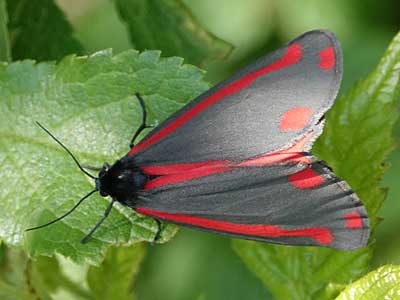
This is the only moth with similar colouring to the Burnets. Its black and yellow banded caterpillars are often found on Ragwort.
Common Carpet

This is probably the most common of the so-called carpet moths and will readily fly if disturbed from low growing vegetation.
Silver Y
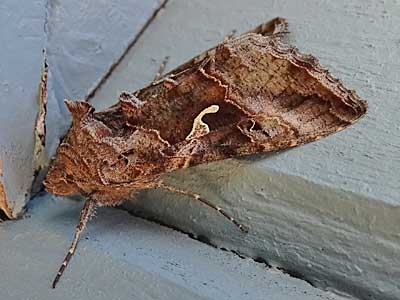
This common moth can often be seen around gardens and is identified by the inverted Y mark on each forewing.
Brimstone Moth
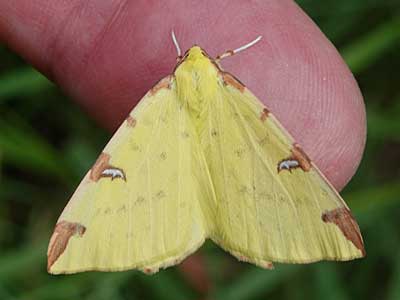
Doesn't normally fly in the day but is unmistakeble if disturbed. This one had just been dropped by a bird.
Blood Vein
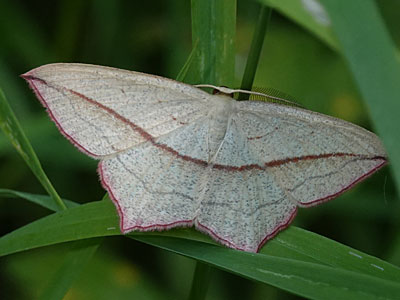
This moth, with a pink fringe and a dark red line spanning all 4 wings, prefers damp places with tall vegetation.
Common Purple and Gold
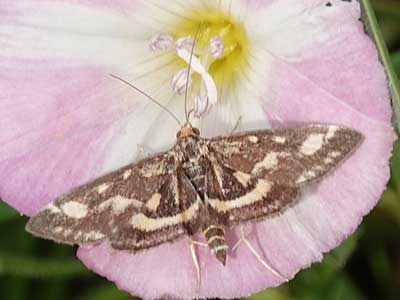
This small moth can be found in dry coastal grassland. There is a also a similar Small Purple and Gold.
Common Tubic

A very distinctive moth that can be found in marshy woodland.
Yellow-barred Longhorn

The extrordinarily long antennae mark out this micro-moth. Groups are often seen in damp woodland in May and June.
a Grass-veneer
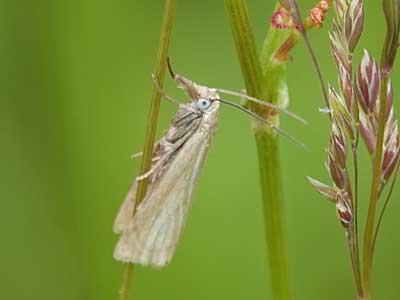
One of several Grass-veneer micro-moths that can be found in long grass and all have a similar shape.